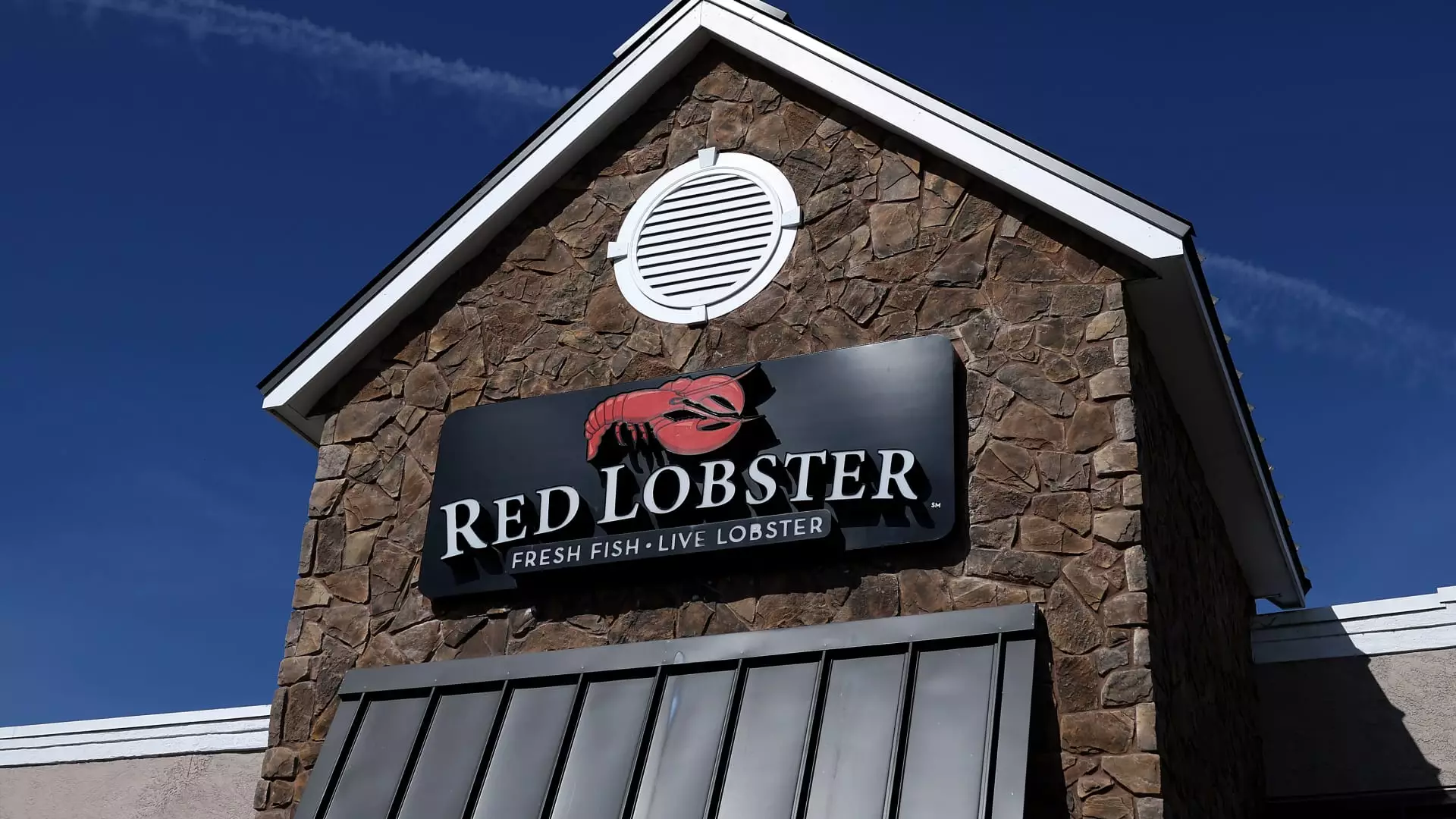Red Lobster, a well-known seafood chain, recently filed for Chapter 11 bankruptcy protection. This move is part of the company’s strategy to reduce its size and attract potential buyers. The company disclosed that it has received a preliminary bid from its current lenders to acquire the business, unless a higher offer is presented.
In a court filing, Red Lobster’s CEO, Jonathan Tibus, attributed the need for bankruptcy protection to various factors. These include the challenging economic environment, an excessive number of underperforming restaurants, failed strategic initiatives, and heightened competition in the restaurant industry. The seafood chain currently operates 551 locations in the U.S. and 27 in Canada. To streamline operations, Red Lobster closed 93 underperforming outlets and is seeking court approval to terminate 108 leases.
According to the bankruptcy filing, Red Lobster has assets valued between $1 billion and $10 billion, with estimated liabilities in the same range. The company’s primary creditor is distributor Performance Food Group, claiming a significant sum owed by Red Lobster. Despite the financial challenges, Tibus expressed confidence in the restructuring process, stating that it will position the company for future growth.
Established in 1968 and acquired by General Mills in 1970, Red Lobster underwent several ownership changes over the decades. Following the spin-off of its restaurant division into Darden Restaurants in 1995, Red Lobster became part of the Darden family. After being sold to private equity firm Golden Gate Capital in the early 2000s, Thai Union Group acquired a stake in the chain in 2016. The subsequent buyout of Golden Gate’s share by Thai Union and other investors marked a significant transition for Red Lobster.
Despite surviving the challenges brought on by the pandemic, Red Lobster faced ongoing difficulties in its operations. A decline in customer traffic, changing leadership, and financial losses painted a grim picture for the company. One of the missteps highlighted in the bankruptcy filing was the ill-conceived “endless shrimp” promotion, which adversely impacted the business’s profitability. The decision to rely solely on Thai Union as a shrimp supplier led to increased costs for Red Lobster, further straining its financial health.
The bankruptcy proceedings also shed light on possible questionable practices within Red Lobster. The debtors are looking into claims that Thai Union and former interim CEO Paul Kenny exerted pressure for in-store promotions that resulted in shrimp shortages and financial implications for the company. Additionally, there are allegations that the “endless shrimp” promotion may have been driven more by boosting Thai Union’s sales than benefiting Red Lobster.
Red Lobster’s journey from a popular seafood chain to a struggling business facing bankruptcy underscores the challenges and complexities of the restaurant industry. The company’s missteps, financial woes, and external pressures have culminated in a critical juncture that will shape its future. As Red Lobster navigates the restructuring process and seeks a path to sustainable growth, the lessons learned from its downfall can serve as a cautionary tale for businesses in similar sectors.

